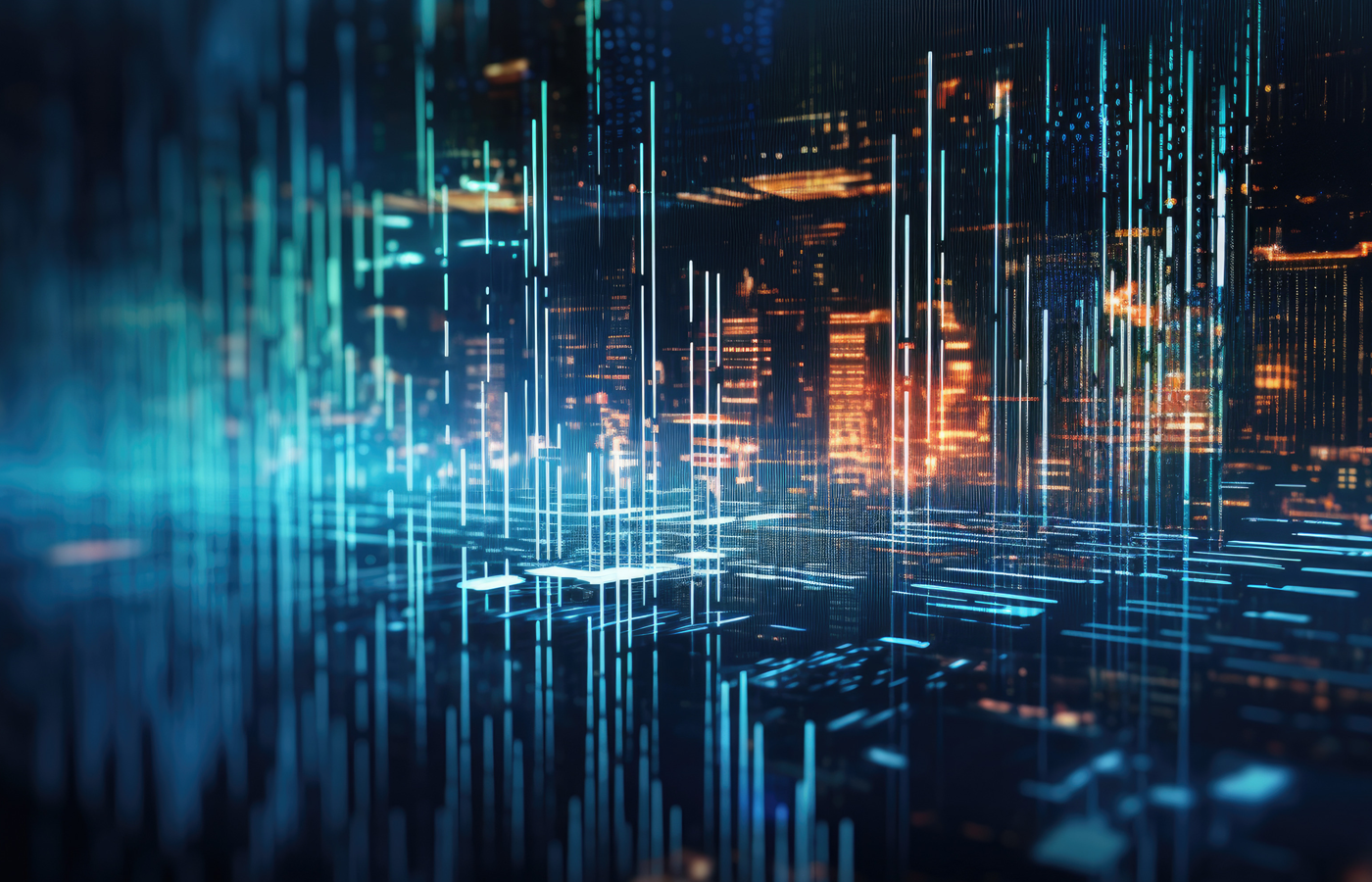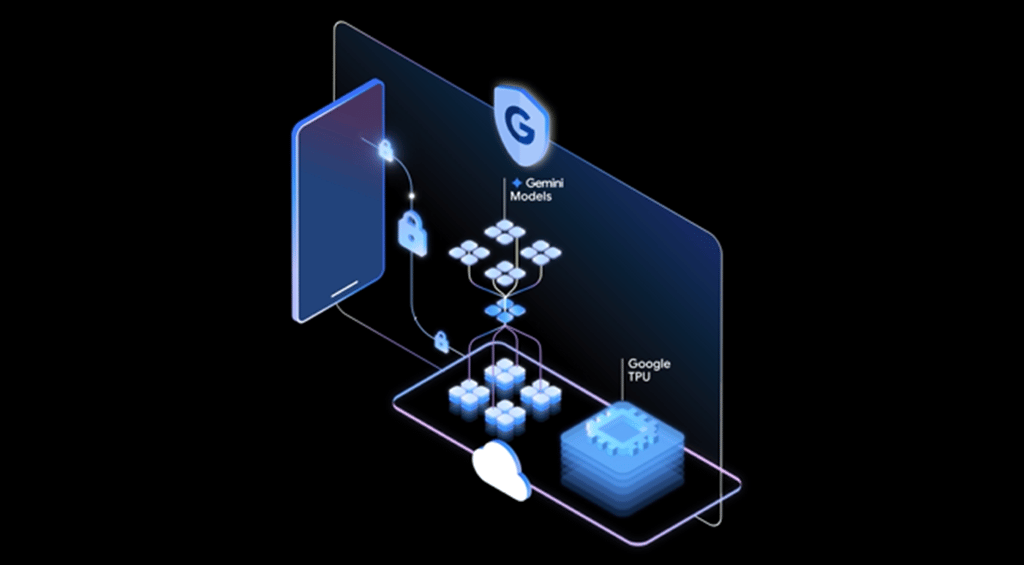Datamation content and product recommendations are
editorially independent. We may make money when you click on links
to our partners.
Learn More
Is Big Data vs. artificial intelligence even a fair comparison? To some degree it is, but first let’s cut through the confusion.
Artificial Intelligence. Big Data. Those are two buzzwords you are hearing an awful lot lately, perhaps to the point of confusion. What are the similarities and differences between artificial intelligence and Big Data? Do they have anything in common? Are they similar? Can a valid comparison even be made?
See our lists of the top big data companies and the top artificial intelligence companies
The one thing the two technologies do have in common is interest. A survey about Big Data and AI by NewVantage Partners of c-level executives found 97.2% of executives stated that their companies are investing in, building, or launching Big Data and AI initiatives.
More significantly, 76.5% of executives feel AI and Big Data are becoming closely interconnected and that the greater availability of data is empowering AI and cognitive initiatives within their organizations.
Pitting artificial intelligence against Big Data is a natural mistake to be made, partly because the two actually do go together. But they are different tools for achieving the same task. But first thing’s first: defining the two. A lot of people don’t even know that much.
“I find many people don’t really know a lot about what true big data or big data analytics is, or what ‘AI’ is beyond a few prominent examples,” said Alan Morrison, senior research fellow with consulting giant PriceWaterhouse Coopers.
AI vs. Big Data: the Differences
He said a major differentiator is that Big Data is the raw input that needs to be cleaned, structured and integrated before it becomes useful, while artificial intelligence is the output, the intelligence that results from the processed data. That makes the two inherently different.
Artificial intelligence is a form of computing that allows machines to perform cognitive functions, such as acting or reacting to input, similar to the way humans do. Traditional computing apps also react to data but the reactions and responses all have to be hand-coded. If any kind of curve ball is thrown, like an unexpected result, the app can’t react. So AI systems are constantly changing their behavior to accommodate changes in findings and modifying their reactions.
An AI-enabled machine is designed to analyze and interpret data and then solve the problem or address the issue based on those interpretations. With machine learning, the computer learns once how to act or react to a certain result and knows in the future to act in the same way.
Big Data is old style computing. It doesn’t act on results, it merely looks for them. It defines very large sets of data, but also data that can be extremely varied. In Big Data sets there can be structured data, such as transactional data in a relational database, and less structured or unstructured data, such as images, email data, sensor data, and so on.
They also have differences in use. Big Data is primarily about gaining insight. How does Netflix know what movies or TV shows to suggest to you based on what you watch? Because it looks at the habits of other customers and what they like and deduces you might feel the same.
AI is about decision making, and learning to make better decisions. Whether it is self-tuning software, self-driving cars or examining medical samples, AI is doing tasks previously done by humans but faster and with reduced errors.
Artificial Intelligence and Big Data Together
Although they are very different, AI and Big Data still do work well together. That’s because AI needs data to build its intelligence, particularly machine learning. A machine learning image recognition app, for instance, looks at thousands of images of an airplane to learn what constitutes an airplane so it can recognize them in the future.
Of course, there is the important step of data preparation, which Morrison noted. “The data you start with is Big Data, but to train the model, that data needs to be structured and integrated well enough that machines are able to reliably identify useful patterns in the data,” he said.
Big Data hoovers up massive amounts of data and the wheat has to be separated from the chafe first before anything can be done with it. Data used in AI and ML is already “cleaned,” with extraneous, duplicate and unnecessary data already removed. So there is that big first step.
After that, AI can thrive. Big Data can provide the data needed to train the learning algorithms. There are two types of data learning: the initial training, which is a sort of priming the pump, and routinely gathered data. AI apps never stop learning once the initial training is done. They continue to take in new data and adjust their actions along the way as the data changes. So data is needed initially and continuously.
The two styles of computing both use pattern recognition, but differently. Big Data analytics finds patterns through sequential analysis, sometimes of cold data, or data that is not freshly gathered. Hadoop, the basic framework for Big Data analysis, is a batch process originally designed to run at night during low server utilization.
Machine learning learns from collected data and keeps collecting. Your self-driving car never stops gathering data, and it keeps learning and honing its processes. Data is always coming in fresh and always acted upon.
Big Data’s Role in AI
AI has been talked about forever. It was a plot point of “The Matrix,” a film that came out in 1999. The humans were fighting machines that had gotten too smart. But in execution, AI remained a fringe technology until recently.
The big leap has been the advent of massively parallel processors, particularly GPUs, which are massive parallel processing units with thousands of cores, vs. the dozens in a CPU. This has greatly sped up the existing AI algorithms and has now made them viable.
With Big Data to feed these processors, machine learning algorithms can learn how to reproduce a certain behavior, including collecting the data to in turn speed up the machine. AI doesn’t deduce conclusions like humans do. It learns through trial and error, and that requires massive amounts of data to teach the AI.
The more data an AI app has, the more accurate the outcome it can achieve. In the past, AI didn’t work well because of slow processors and small data sets. There were no sensors like today, where a car can have dozens of sensors built in. And there was no real-time data because the Internet wasn’t widely available.
Today, we have everything we need; the fast processors, the input devices, the network, and the massive amounts of data sets. It’s safe to say there is no Artificial Intelligence without Big Data.
-
Huawei’s AI Update: Things Are Moving Faster Than We Think
FEATURE | By Rob Enderle,
December 04, 2020
-
Keeping Machine Learning Algorithms Honest in the ‘Ethics-First’ Era
ARTIFICIAL INTELLIGENCE | By Guest Author,
November 18, 2020
-
Key Trends in Chatbots and RPA
FEATURE | By Guest Author,
November 10, 2020
-
Top 10 AIOps Companies
FEATURE | By Samuel Greengard,
November 05, 2020
-
What is Text Analysis?
ARTIFICIAL INTELLIGENCE | By Guest Author,
November 02, 2020
-
How Intel’s Work With Autonomous Cars Could Redefine General Purpose AI
ARTIFICIAL INTELLIGENCE | By Rob Enderle,
October 29, 2020
-
Dell Technologies World: Weaving Together Human And Machine Interaction For AI And Robotics
ARTIFICIAL INTELLIGENCE | By Rob Enderle,
October 23, 2020
-
The Super Moderator, or How IBM Project Debater Could Save Social Media
FEATURE | By Rob Enderle,
October 16, 2020
-
Top 10 Chatbot Platforms
FEATURE | By Cynthia Harvey,
October 07, 2020
-
Finding a Career Path in AI
ARTIFICIAL INTELLIGENCE | By Guest Author,
October 05, 2020
-
CIOs Discuss the Promise of AI and Data Science
FEATURE | By Guest Author,
September 25, 2020
-
Microsoft Is Building An AI Product That Could Predict The Future
FEATURE | By Rob Enderle,
September 25, 2020
-
Top 10 Machine Learning Companies 2020
FEATURE | By Cynthia Harvey,
September 22, 2020
-
NVIDIA and ARM: Massively Changing The AI Landscape
ARTIFICIAL INTELLIGENCE | By Rob Enderle,
September 18, 2020
-
Continuous Intelligence: Expert Discussion [Video and Podcast]
ARTIFICIAL INTELLIGENCE | By James Maguire,
September 14, 2020
-
Artificial Intelligence: Governance and Ethics [Video]
ARTIFICIAL INTELLIGENCE | By James Maguire,
September 13, 2020
-
IBM Watson At The US Open: Showcasing The Power Of A Mature Enterprise-Class AI
FEATURE | By Rob Enderle,
September 11, 2020
-
Artificial Intelligence: Perception vs. Reality
FEATURE | By James Maguire,
September 09, 2020
-
Anticipating The Coming Wave Of AI Enhanced PCs
FEATURE | By Rob Enderle,
September 05, 2020
-
The Critical Nature Of IBM’s NLP (Natural Language Processing) Effort
ARTIFICIAL INTELLIGENCE | By Rob Enderle,
August 14, 2020
SEE ALL
BIG DATA ARTICLES







